Evolution of mankind :: A fantastic tour in Science City #Episode-07
"Gharat" - Traditional Water Mill of the Himalayas
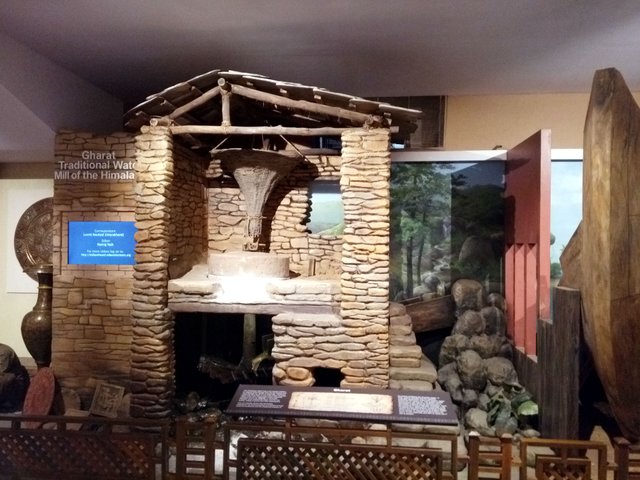
The Himalayan region has a rich ancient tradition for tapping hydro-energy from the hill streams and rivers through the device of watermills. Traditional watermills have been in use in the Indian mountain region since time immemorial. These watermills popularly known as 'Gharats' in Himachal Pradesh, have traditionally been used for rice hulling, milling of grains and other applications.
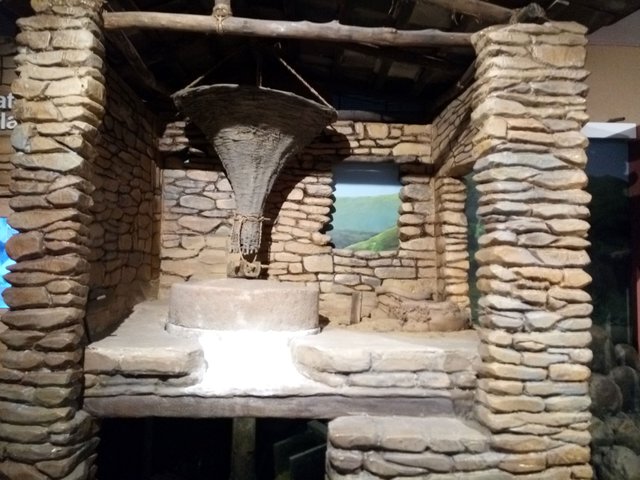
Gharat
This eco-friendly device that harnesses waterpower for local production is a symbol of local technical excellence and the traditional wisdom of the people inhabiting the mountain region. In India, specialists estimate that the watermill originated somewhere in the north-eastern region around the 7th century CE. The system worked harmoniously with nature for centuries and is abundantly scattered across the Himalayas. There are existence of nearly 200,000 watermills in the Himalayas from Uttarakhand, Himachal Pradesh, Jammu and Kashmir to the North-Eastern States of the country. In Uttarakhand alone there are about 15,448 watermills and 50% of which are in use at present.

Gharat consists of six major parts --
- Panyala (Wooden canal used to water flowing)
- Jhaleri (Wooden turbine with multiple wings or blades)
- Ghate (Grinding Stone)
- Chada (Wooden and Iron lever with gear)
- Reedi (Wooden tunnel used to stuff grains for grinding)
- Lalthou (Controlling knobs)
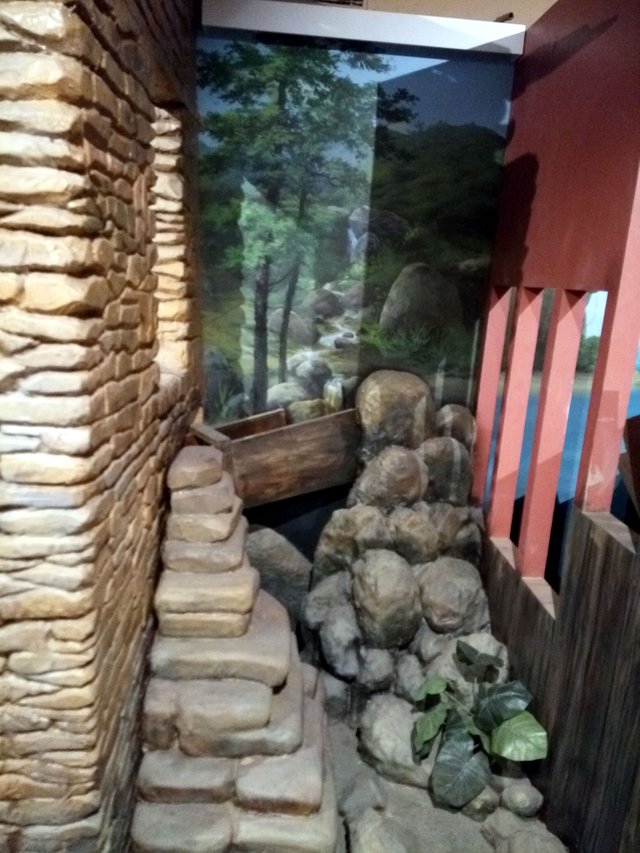
Panyala (Wooden canal used to water flowing)
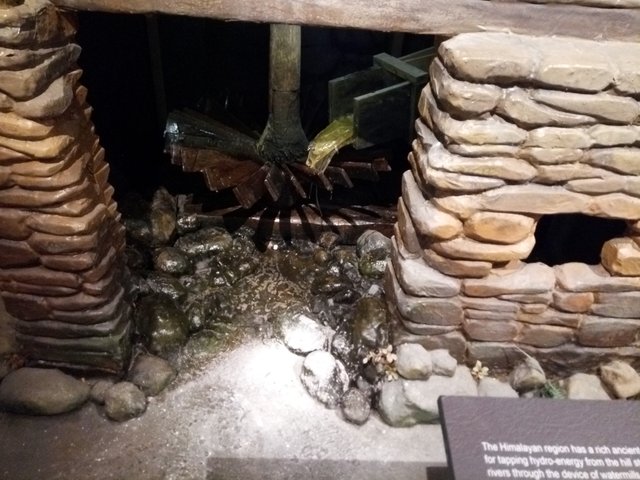
Jhaleri (Wooden turbine with multiple wings or blades)
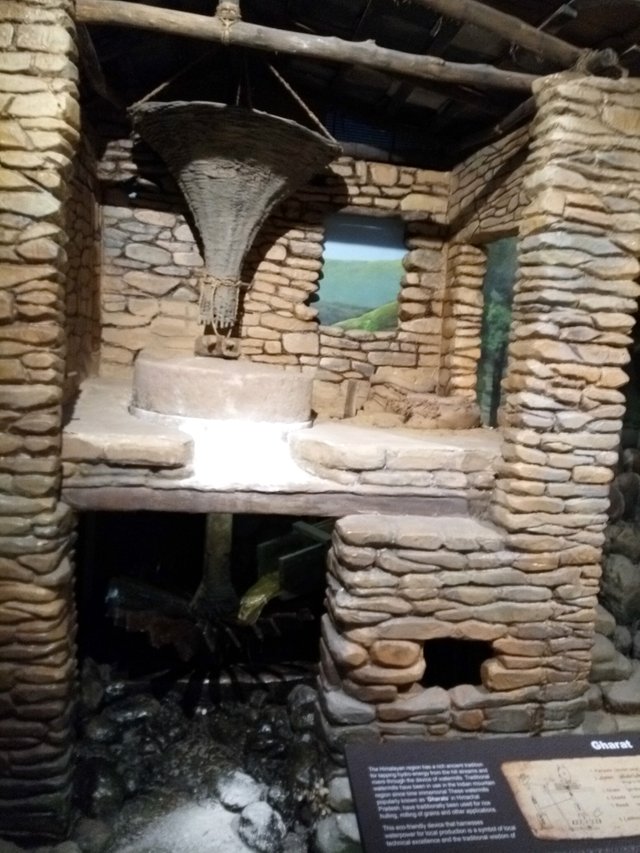
Ghate (Grinding Stone), Chada (Wooden and Iron lever with gear), Reedi (Wooden tunnel used to stuff grains for grinding) & Lalthou (Controlling knobs)
Mechanical Diagram of Gharat
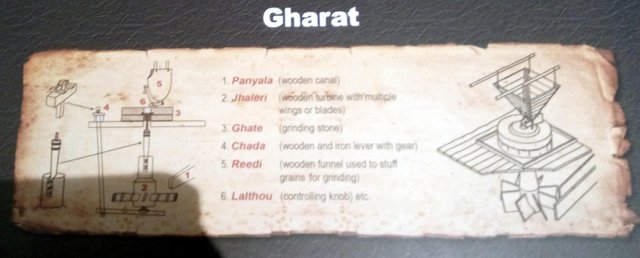
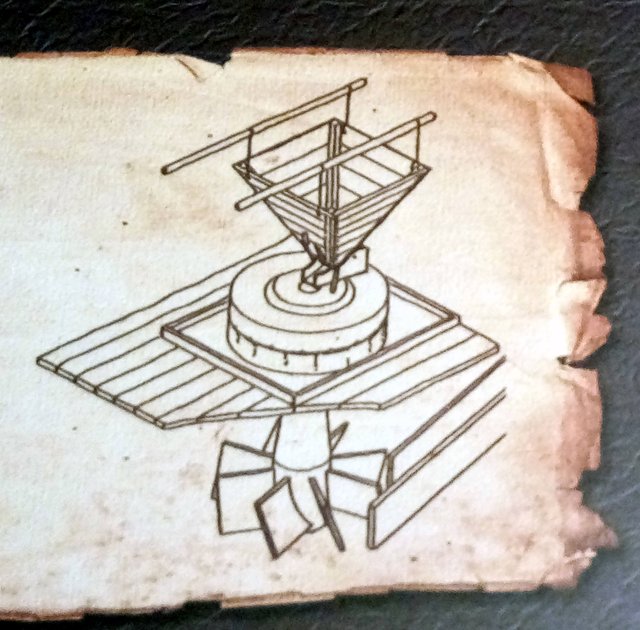
A youtube video of "Gharat" uploaded and published by Yati
Video courtesy : Yati*
All source of info : Information Centre of Science City, Kolkata, India
References:
http://www.academia.edu/28445068/Waterpower_Technology_in_India_Traditional_Knowledge
http://www.bioone.org/doi/full/10.1659/0276-4741%282006%2926%5B104%3ARWFMUA%5D2.0.CO%3B2
http://www.indiawaterportal.org/articles/resurrecting-dying-gharats-uttarkashi
http://www.downtoearth.org.in/news/technology-gives-traditional-watermills-a-lift-30067
[To Be Continued...]
Episode #01, Episode #02, Episode #03, Episode #04, Episode #05, Episode #06
follow me on steemit  AND resteem it
AND resteem it 






>>Thanks to @elyaque for designing my badges :)<<
MY STATS
REPUTATION SCORE : 71.61 | TOTAL FOLLOWERS : 2875
TOTAL BLOG POSTS : 1636 | TOTAL LIKES : 89857
TOTAL EARNINGS : $29772.99 SBD
Buy photos from My Shutterstock Portfolio


Wow it's amazing..
Very nice work!! very peacefully feeling here!!
[aper bari kothai-kolkata te?]
I think it is really nice that nowdays we can see things like that! And even more - out there are people who share ir with others. Thank you! Was really interesting to read something new I did not know still exist!
Some are still found in a few Himalayan villages. thanks for your comment
Thank you very much for showing the gharat and how mountain people applied water energy for their benefits. It provides the basic knowledge for understanding how to acquire hydroelectric power.
Great information, a new thing I learnt from it.thanks.